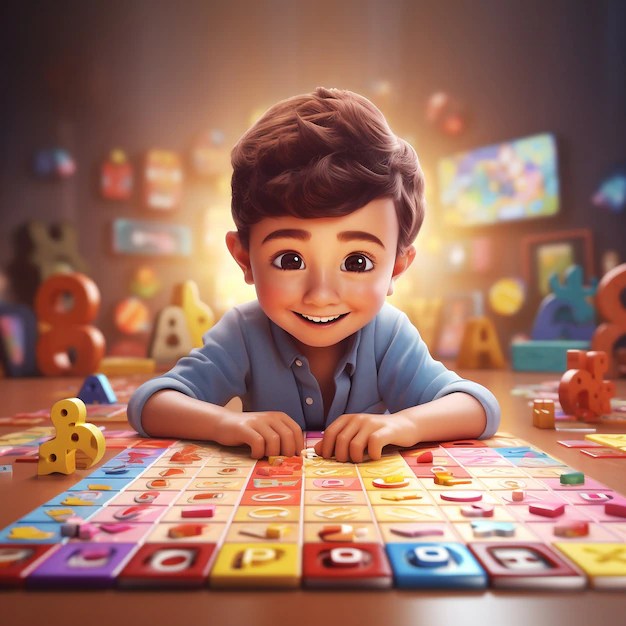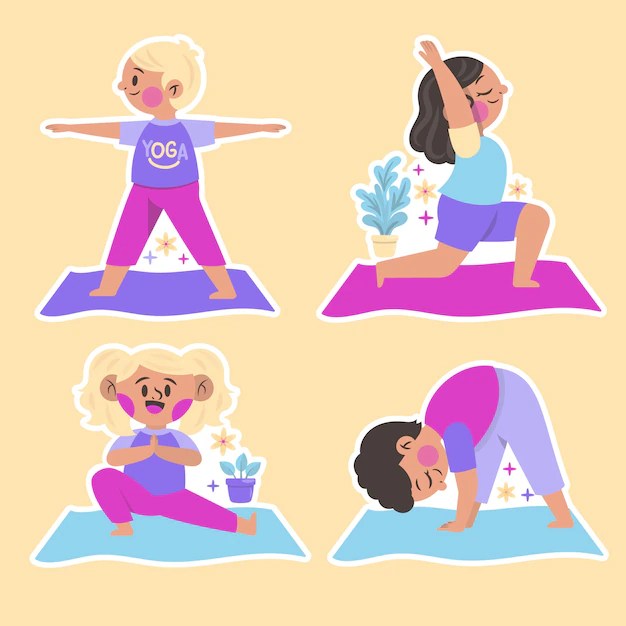Like adults, children can’t, at times, deal with overwhelming feelings. How do you, as a parent, help your child meet their social and emotional needs? Creating a calming corner is very instrumental at this point in supporting emotional regulation.
A calming corner, also known as a peace zone, is a safe, designated area where children can take some time out, calm down and refocus. It isn’t a timeout spot but has tools to help kids manage big feelings.
This quiet corner communicates a strong message to students who need it. They feel valued, loved, and appreciated for who they are at their most vulnerable moments. It teaches them to identify their feelings and develop essential coping skills to help them keep positive relationships and make the right decisions.
Below is a guide that will help you implement your children’s calming corner successfully.
Step 1: Choice of Location
Choosing the right location is very important. However, you need to consider factors such as it should be a quiet and comfortable place with minimum or no noise at all. Watch out for enough natural light and good ventilation. It should not be at the center of the activity but should be easy to get to. It can be some nook in a room or even a closet space, but ensure it’s safe, cozy, and inviting.
Adding a calming corner to your living space will substantially improve the ambiance of your home or classroom. Designate one corner of your living room or your child’s room as this corner. Just make sure it’s free of noise and interruptions to create a focused space that will hold onto relaxation and calmness.
The aesthetic appeal can come from the soft color tones and cozy items. Easy seating, like a beanbag or soft cushions, may also provide ease and comfort. It should be private, but not to the point where you can’t see and monitor your child.

Step 2: Add Comforting Elements
Your calm-down room should include comforting tools to help your child manage their flight or big feelings. Without these tools, this quiet zone is incomplete, as they are crucial in promoting feelings of relaxation and safety. Comfort items can include soft pillow areas, a nice soft chair, and a cozy blanket. Sensory toys like stress balls, fidget spinners, and weighted blankets can also be added.
Consider things that will appeal to different senses: textures, color, etc. At this point, items like a tiny diffuser with calming fragrances—lavender or chamomile, for instance—to calm the mind come into play. Dim light, such as from a nightlight or even a string of fairy lights, may help set the tone. The intention is to have this corner rich in sensory experience to let the children feel safe and calm.

Step 3: Include Self-Regulation Tools
Fill the nook with tools to support children to develop self-regulation. These can be visual aids, books, and activities through which to teach strategies for regulating their emotions. Some great materials include picture books on emotions, coloring books of these pictures, and mindfulness cards. Feelings chart or an emotional feelings wheel to identify and name feelings.
Another valuable tool is the breathing exercises. Place a simple guide or signage with deep breathing techniques in the corner. A glitter jar or a calm-down bottle could be a wonderful visual to help the kids stay focused and calm down. These tools will provide children with ways to manage their feelings.
Step 4: Establish a Routine
Regular use of the calming corner is important. Encourage the kids to use the space often and not only when upset; it should be part of the daily routine. This will make the calming corner a normal place and teach the students how to use it proactively.
Illustrate to your child how to use their calming corner and when. For example, he can turn to the corner when everything is so overwhelming that he has become too sad or very angry. Demonstrate to your children how they can use these tools and other techniques to harness the potential of this newly created space. The more consistently they use a calming corner, the more they develop habits related to self-regulation that will build up and thus be beneficial in the long term.
Step 5: Make the Space Personal
Personalize the calming corner and make it a place for your child. Involve them in planning its design and decoration. Let them choose some items or colors you’d like to use. As a result, they’ll get a sense of ownership, thus making them feel that it is a special place.
Add personal touches such as family photographs, drawings, plants, or their favorite book. These can prove to be comforting and familiar. The more personalized it is, the more willing your child will be to tap into and benefit from it. Make sure the things chosen are safe and age-appropriate.
Conclusion
A calm corner for kids is a great way to help care for children’s emotional needs.
An effective physical calm corner area can be designed by choosing the right location, adding soothing elements, tools for self-regulation, establishing a routine, and personalization. Since this is a dedicated space, it will help your child manage his emotions better and develop essential self-regulation skills.
Related
Source: Vietnam Insider
